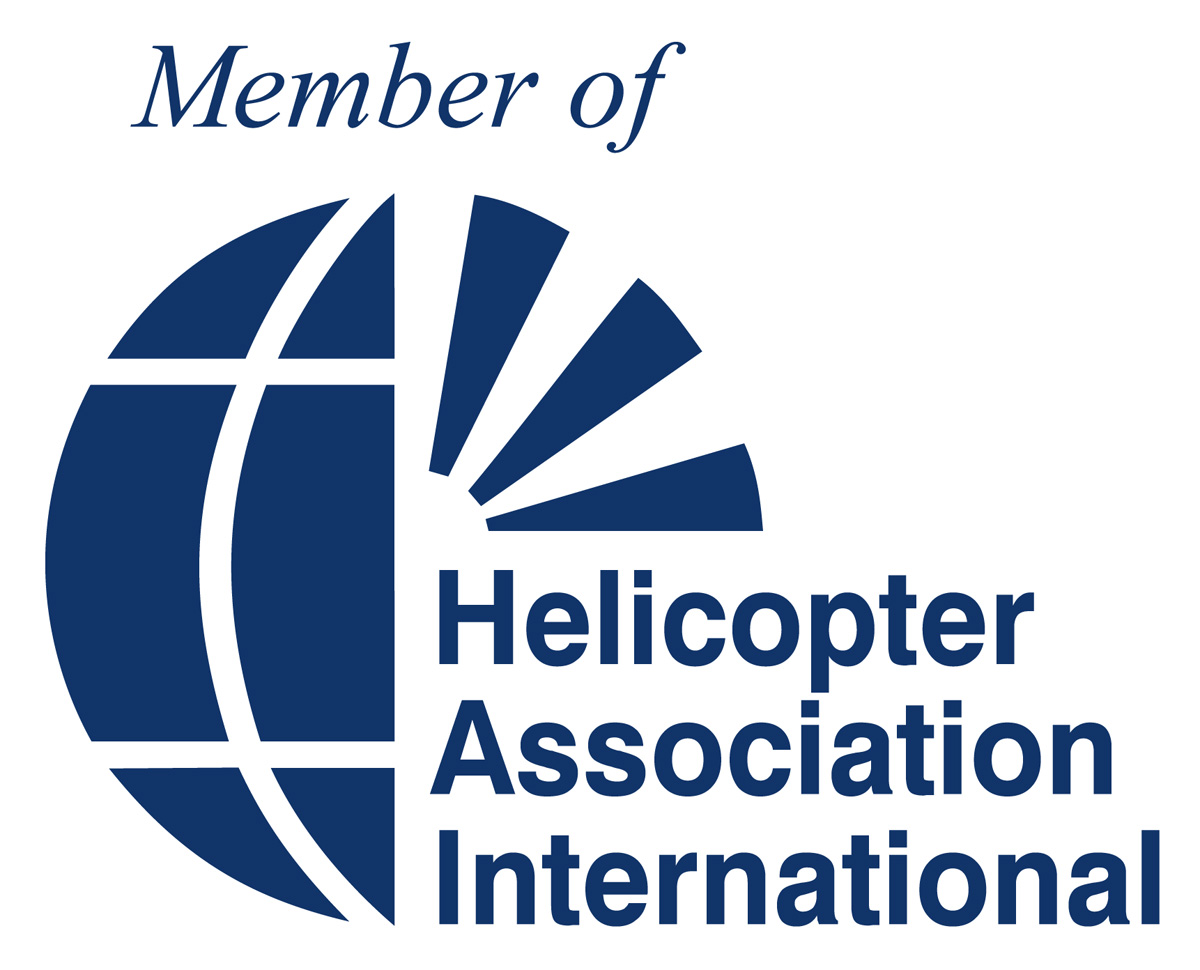 The decision to implement an enterprise-wide Safety Management Information System (SMIS) reflects a significant and highly visible commitment of time and capital to a successful safety culture and sets a framework for the collection, analysis and sharing of safety information.
The decision to implement an enterprise-wide Safety Management Information System (SMIS) reflects a significant and highly visible commitment of time and capital to a successful safety culture and sets a framework for the collection, analysis and sharing of safety information.
Organizations are expected to define, document and communicate the safety roles, responsibilities and authorities throughout the organization. The SMIS provides a mechanism to capture the roles and responsibilities of the organization’s members for effective routing and assignment of safety-related tasks and activities.
Key safety personnel must be clearly identified in the organization. The SMIS should enable the free flow of hazard and safety event information to these individuals whether fully identifiable, de-identified or anonymous while providing tools for monitoring the effectiveness of safety risk controls.
Ensuring adequate preparedness is contingent on all participants having rapid access to the most current, up-to-date plans and procedures, effective training and documentation and active testing and validation of the Plan and the organization’s ability to implement it.
SMS documentation and records are extensive, reflecting more than just the organization’s SMS Manual and Standard Operating Procedures (SOPs). All safety-related documentation needs to be configuration/revision controlled. Key recipients (copyholders) must be assured access to the most current versions and the organization must be able to verify receipt and acknowledgement of key documents and removal of obsolete documents. Records control is also a key concern for safety management as well as for compliance. The SMIS should have the capability monitor and control the currency and status of all key documents and records supporting the safety of the operation.
As the saying goes, “the only constant is change”. Today’s dynamic aviation organizations are constantly bombarded with changes that impact their operations, both internally (mission requirements, economic challenges, fleet mix, employee turnover, reorganizations, etc.) and externally (new customers, regulatory requirements, noise restrictions, and procedures, etc.). The SMIS must be flexible enough to accommodate continuous change while providing a consistent structure and functionality that enhances change management rather than obstructing it. This includes the ability to quickly add and remove resources (people) from the system while capturing and reapplying standardized requirements, automatically within the SMIS.
With change comes the opportunity for continuous improvement and continuous improvement demands change. It’s a continuous cycle. Key to successful improvement is the ability to analyze safety performance and identify gaps or weaknesses with improvement potential. Whether identified through audits and evaluations, data analysis, corrective and preventive actions or management reviews, the SMIS must provide the ability to analyze performance, identify opportunities for improvement and enable the successful introduction of changes into the environment.
Safety communication and awareness is about more than displaying banners and slogans in the break room. Real-time access to critical safety information, delivered to all relevant personnel is a minimum requirement for the SMIS. By engaging all involved personnel, expectations and awareness is raised. A SMS Information Management solution when fully implemented, it (i) collects safety data; (ii) tracks, reports, and accesses risk: (iii) assigns responsibility for corrective action/ preventive action; and (iv) A SMS Information Management solution analysis capability with real-time graphical presentations. It integrates with your existing email and network environment to provide active notification and escalation communications based on user-defined thresholds. A SMS Information Management solution integrates customer complaint management, supplier management, employees, training and assets into a single data system providing you with an unmatched capability to monitor and manage safety across all of your operations. A SMS Information Management solution supports voluntary and confidential reporting including ASAP, MSAP, ISAP, RSAP (Air, Maintenance, In-flight and Ramp Safety Action Programs respectively), integrates with FOQA and FRMS (such as Jeppesen’s CrewAlert, enables mobile users, and supports IEP programs.
Unlike other software solutions that focus exclusively on reporting, a SMS Information Management solution is based on the PLAN-DO-CHECK-ACT cycle promoted by FAA and ICAO in the Global Aviation Safety Roadmap and ISO for global quality systems. This enables a systematic and holistic approach to Safety Management with a single, central solution that integrates the management and analysis of incidents alongside proactive SMS activities such as internal audit providing effective Safety Risk Management and Safety Assurance.


 The decision to implement an enterprise-wide Safety Management Information System (SMIS) reflects a significant and highly visible commitment of time and capital to a successful safety culture and sets a framework for the collection, analysis and sharing of safety information.
The decision to implement an enterprise-wide Safety Management Information System (SMIS) reflects a significant and highly visible commitment of time and capital to a successful safety culture and sets a framework for the collection, analysis and sharing of safety information.